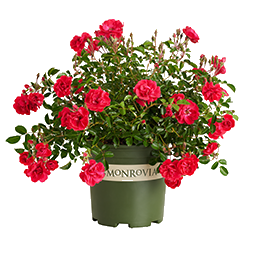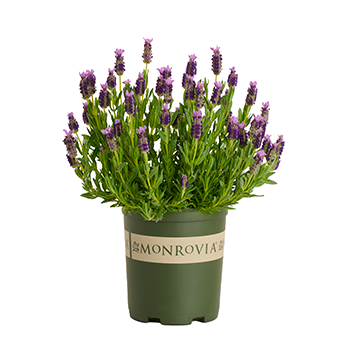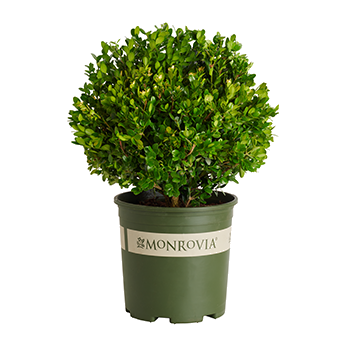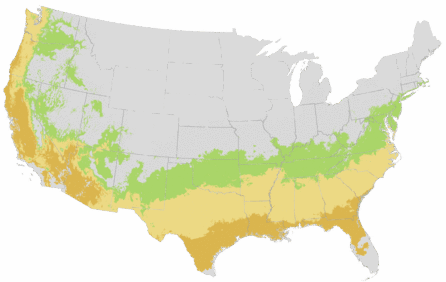You're growing in this Zip Code: 43215
Change LocationDiscover Plants for Your Area
Petite Embers™ Crape Myrtle
Lagerstroemia indica 'Moners'
Retailers Near You
No Retailers found within 100 miles of your zipcode
Be Inspired: How to Use this Plant
| Bloom Time | Summer |
|---|---|
| Deciduous/Evergreen | Deciduous |
| Special Features | Attractive Bark, Easy Care, Fall Color, Waterwise, Non-toxic to Cats and Dogs, Fast Growing, Compact Form |
| Problems/Solutions | Tolerates Urban Pollution |
| Growth Rate | Fast |
| Growth Habit | Upright |
| Flower Attributes | Showy Flowers |
| Landscape Use | Border, Container, Hedge, Privacy Screen |
| Design Ideas | A striking crape myrtle with small shrubby stature that brings the vivid late summer color into beds and borders. Spices up foundation planting perfectly. Plant as a single, in groups to intensify color or in a row for a beautiful blooming hedge. When used next to outdoor living areas the attractive bark may be enjoyed while plants are dormant. |
| Flower Color | Red |
| Foliage Color | Green |
| Companion Plants | California Lilac (Ceanothus); False Heather (Cuphea); Butterfly Bush (Buddleja); Chaste Tree (Vitex); Indian Hawthorn (Rhaphiolepis); Daylily (Hemerocallis) |
| Care Instructions | Thrives in average, well-drained soils. Water deeply, regularly during first growing season to establish extensive root system. Feed before new growth begins in spring. Thin young trees in late winter to early spring, leaving 3 to 7 main trunks or canopy branches. Remove emerging suckers from base of older trees. |
| Lore | Many assume the crape myrtle is native because it is so common in the South, but it is among the first Asian introductions in America that proved perfectly adapted to the rigors of hot, humid climates. |
| Bloom Time | Summer |
|---|---|
| Deciduous/Evergreen | Deciduous |
| Special Features | Attractive Bark, Easy Care, Fall Color, Waterwise, Non-toxic to Cats and Dogs, Fast Growing, Compact Form |
| Problems/Solutions | Tolerates Urban Pollution |
| Growth Rate | Fast |
| Growth Habit | Upright |
| Flower Attributes | Showy Flowers |
Retailers Near You
No Retailers found within 100 miles of your zipcode
Retailers Near You
No Retailers found within 100 miles of your zipcode
Buy Online
We cannot currently ship this product to your zip code.
About Us
We have been pioneers and craftsmen in the art of growing plants for nearly
100 years. Since our founding in Southern California by Harry E. Rosedale, Sr.
in 1926, we have been absolutely dedicated and obsessed with quality.
We have been pioneers and craftsmen in the art of growing plants for nearly 100 years. Since our founding in Southern California by Harry E. Rosedale, Sr. in 1926, we have been absolutely dedicated and obsessed with quality.








